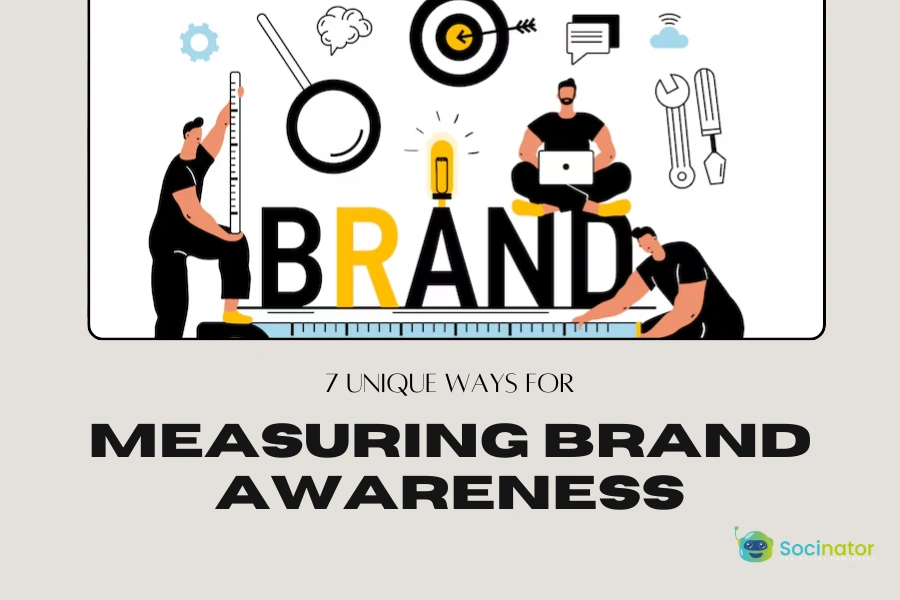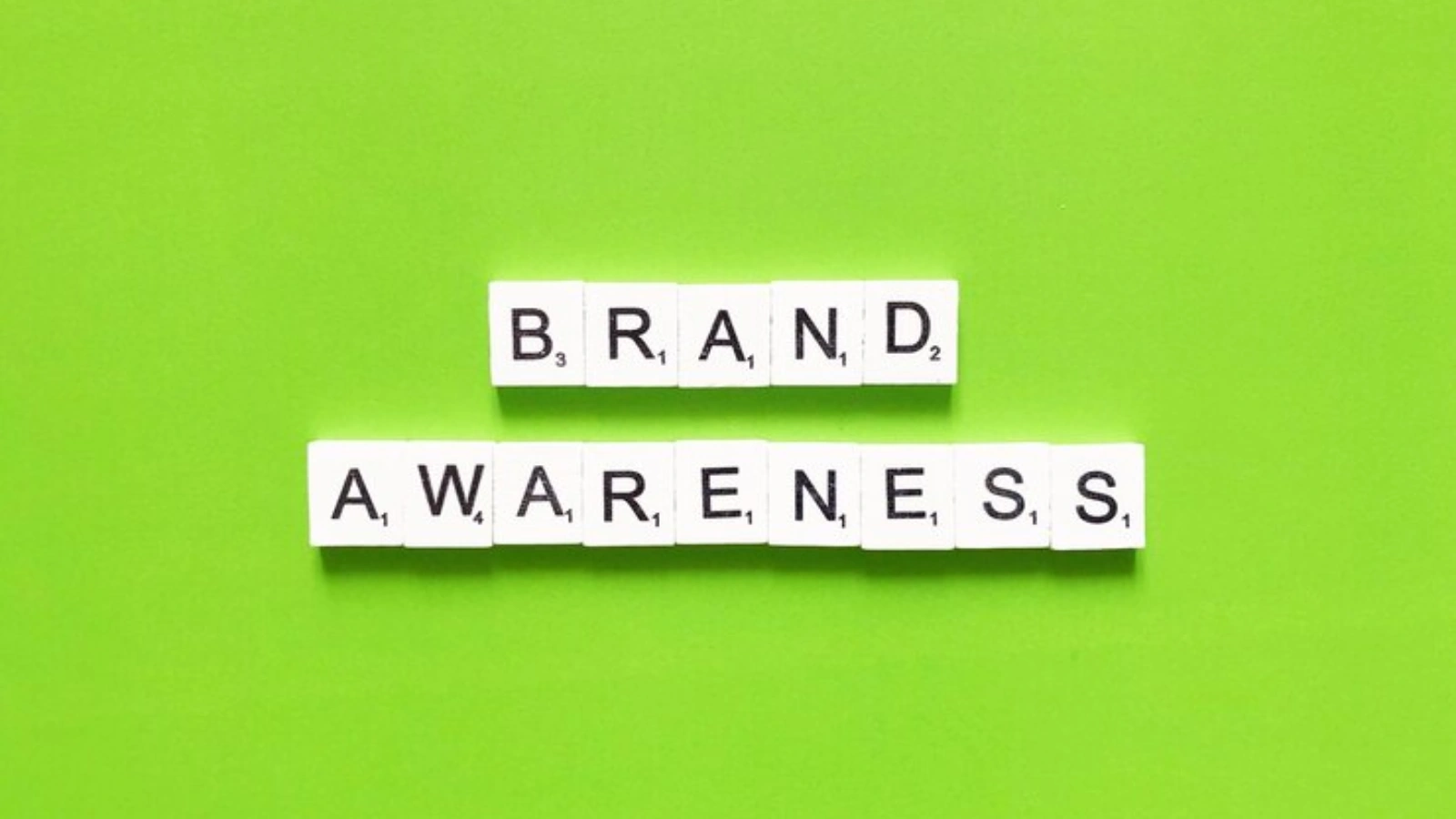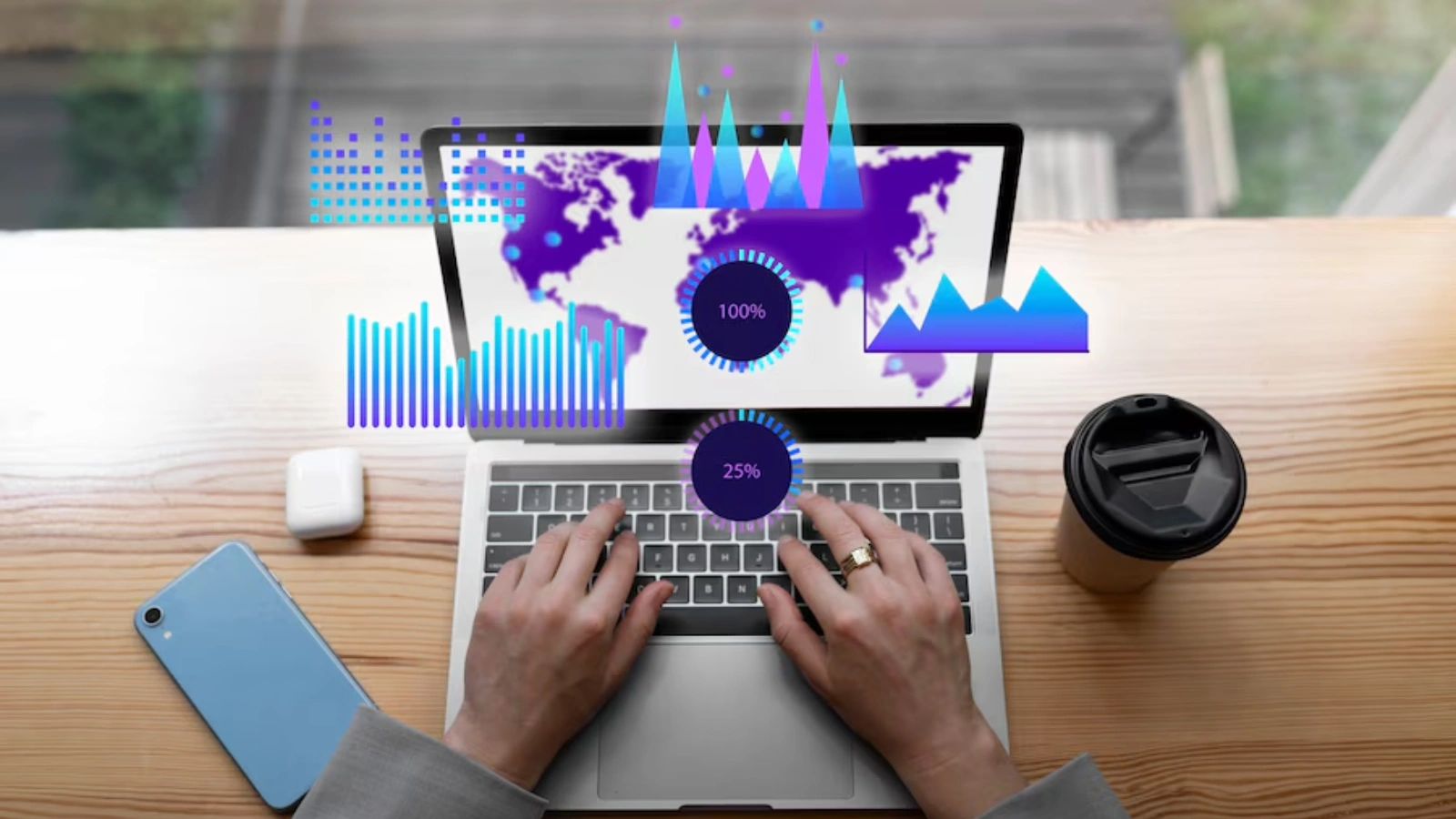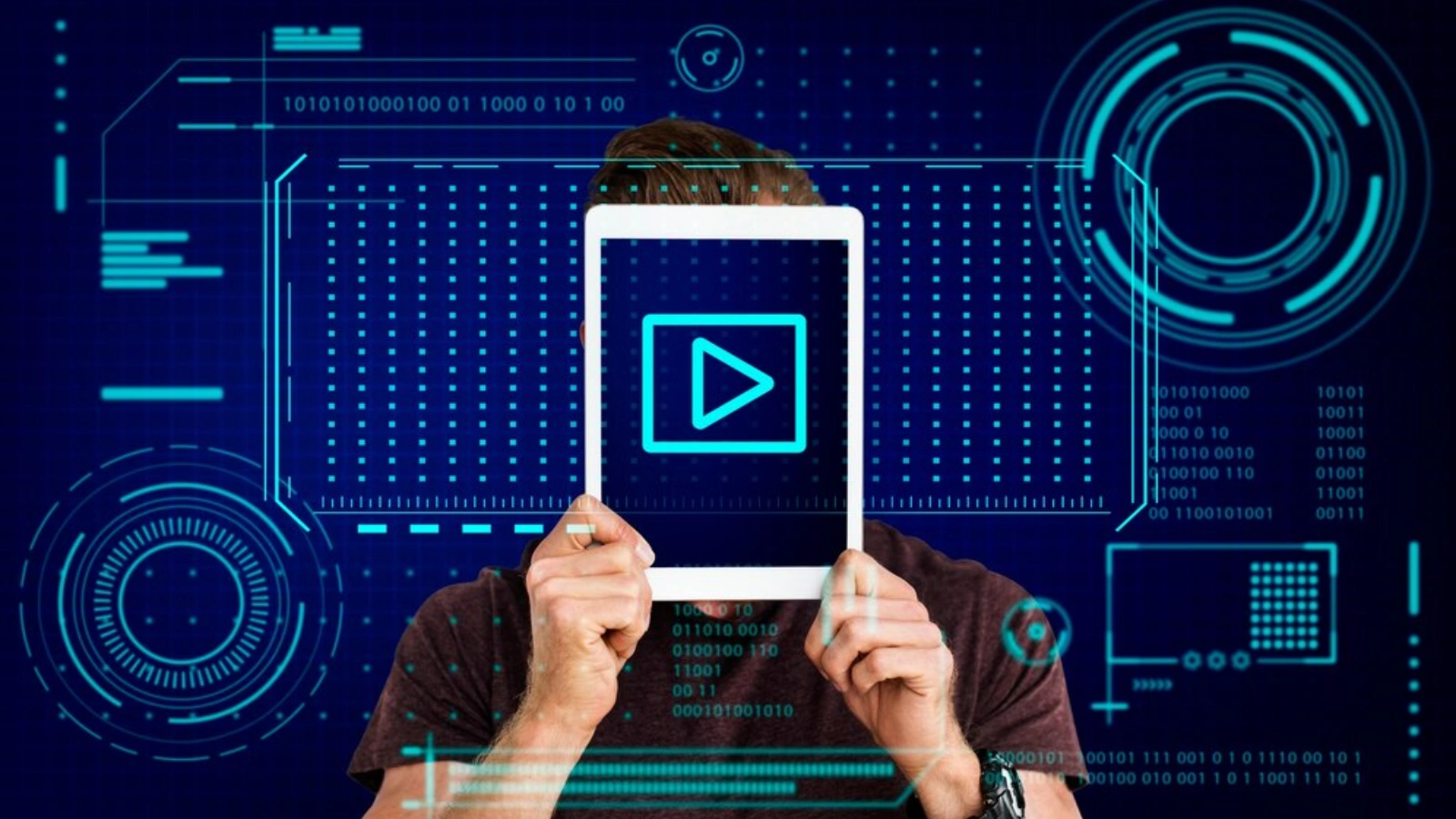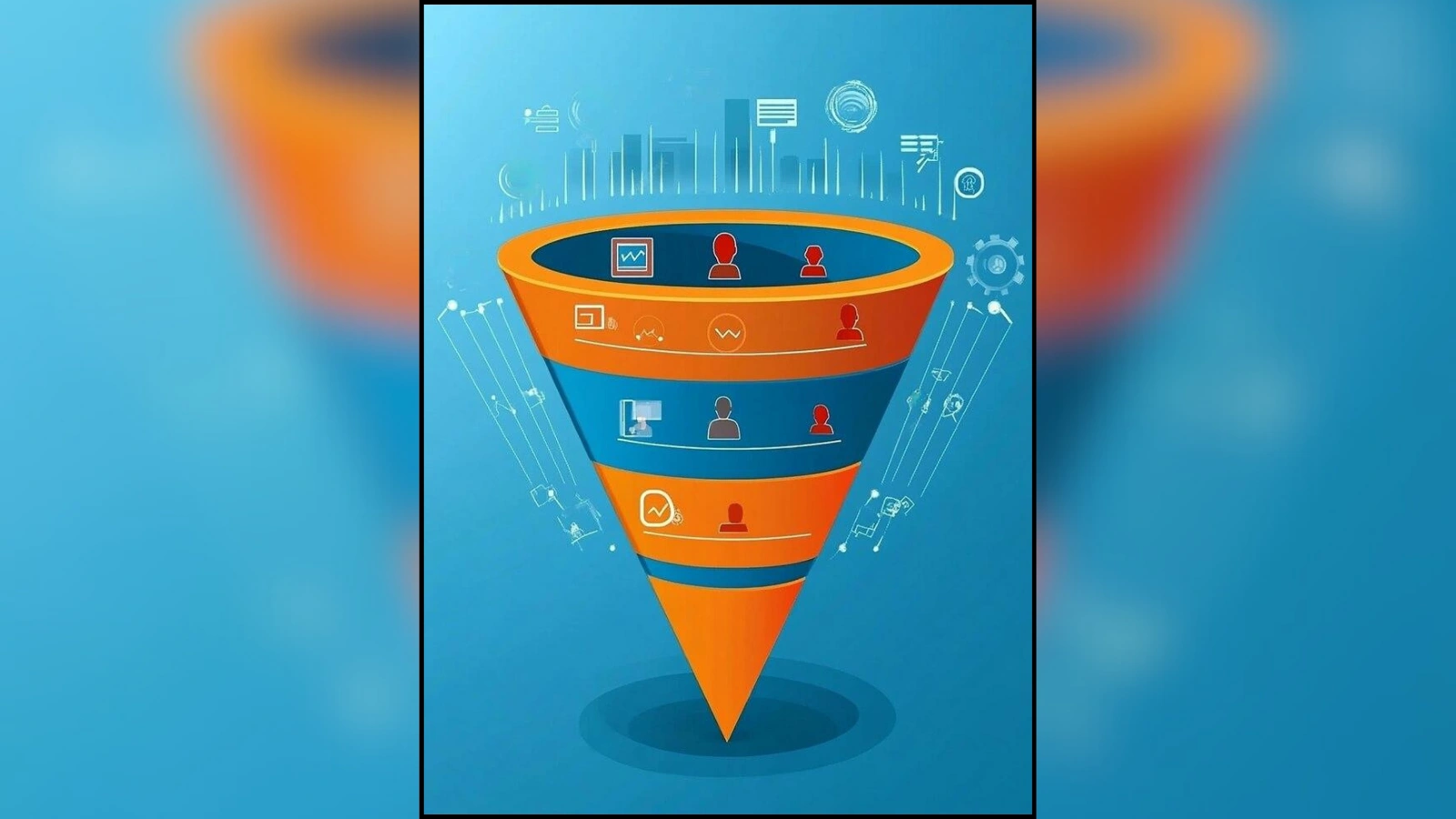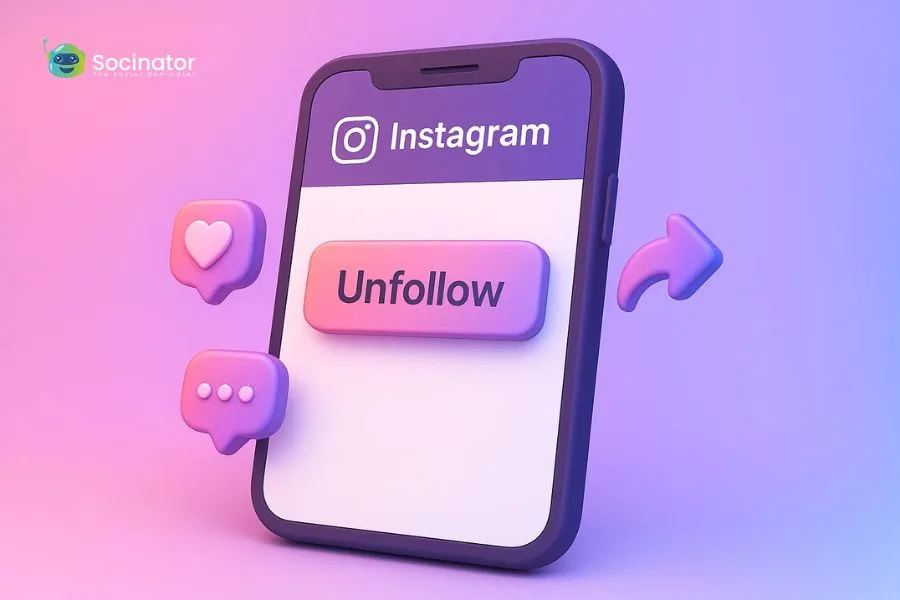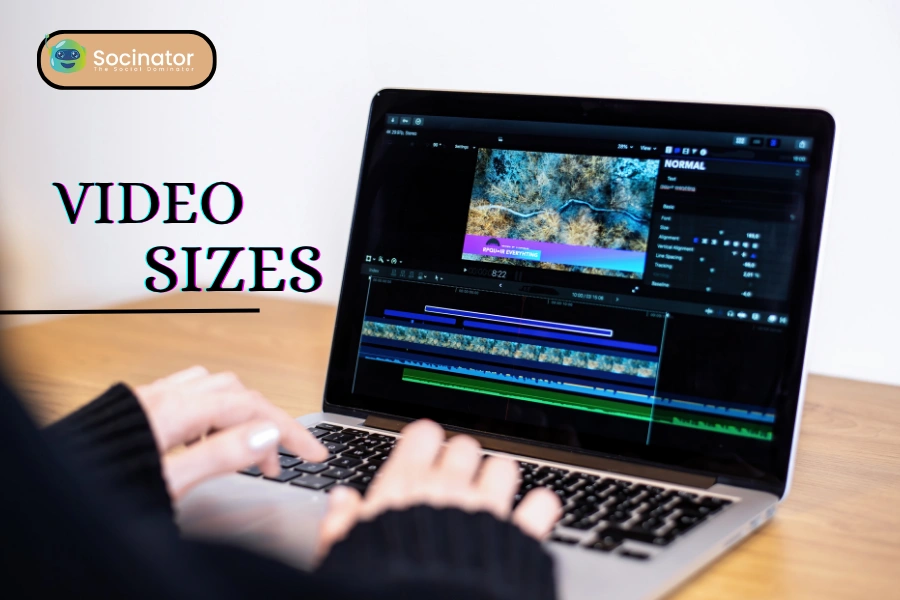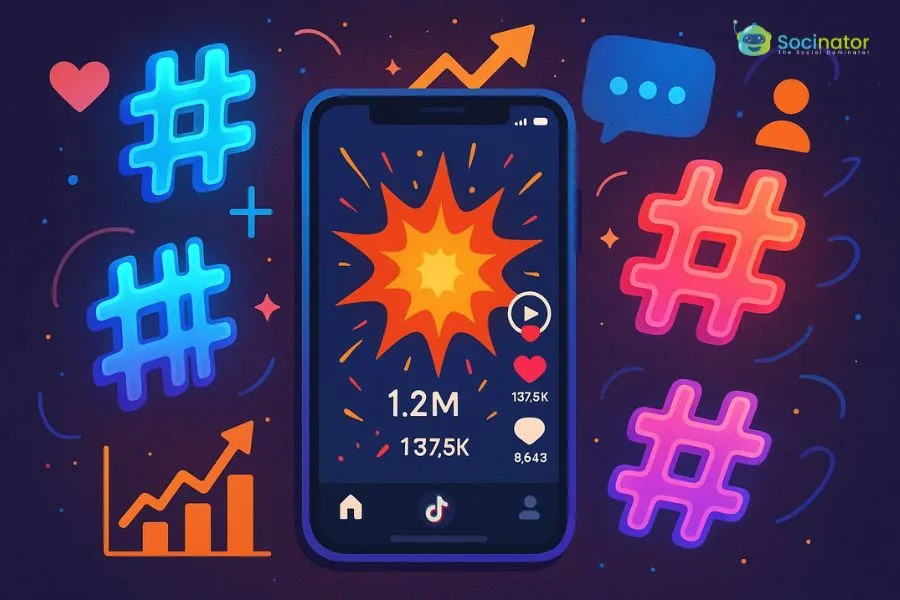Nowadays, consumers are hit with endless choices every day. With so much noise, how can your brand stand out? The answer is strong brand awareness. It’s the secret sauce that can drive consumers to choose your product over the competition.
Measuring brand awareness is crucial for understanding how well your brand resonates with your audience. When your target market recognizes and remembers your brand, they’re more likely to make a purchase. But how do you track this vital metric? Traditional methods might not cut it anymore.
That’s where a brand awareness campaign comes in. It’s not just about getting your name out there—it’s about understanding your brand’s presence and influence. And you need the right tools to measure how far and wide your brand reaches.
In this blog, we’ll dive into 7 unique ways for measuring brand awareness. These fresh approaches will give you a clearer picture of how your brand is performing and what steps you can take to boost its recognition. Let’s get started!
Hit ‘Play’ Button & Tune Into The Blog!
Why Measuring Brand Awareness Is Important?
As you already know, it’s not enough just to have a great product. To succeed, people need to know who you are. That’s where measuring brand awareness comes in. Understanding how familiar your audience is with your brand can make or break your marketing strategy. It’s essential for driving growth and staying ahead in the market.
Here’s why you need to start measuring brand awareness.
Understand Your Market Position
When you measure brand awareness, you can gauge where your brand stands compared to your competitors. This insight helps you understand whether you’re the go-to choice or if there’s room to grow. Are consumers choosing your brand over others? Or are they still unfamiliar with you? By tracking these brand awareness metrics, you can pinpoint your strengths and weaknesses in the marketplace.
Assess the Effectiveness of Your Marketing Campaigns
One of the most direct ways to evaluate a campaign is by tracking changes in brand awareness. Are more people recognizing your brand after a specific campaign? If yes, then you know your efforts are paying off. If not, you can adjust and improve your tactics. Measuring brand awareness helps you see the real impact of your marketing investments and adjust as needed.
Moreover, Using social media automation software like Socinator can also increase the effectiveness of your marketing campaign as it can help you with post-scheduling, auto-follow, and many more automation tasks and help you gain an upper hand in the market.
Guide Business and Marketing Decisions
When you start measuring brand awareness, the data you gather will guide your decisions. Should you target a new audience? Should you shift your strategy to improve recognition in certain regions? These insights can help you make informed decisions that lead to better outcomes. Without measuring brand awareness, you’re essentially guessing your way through marketing decisions, which isn’t sustainable.
Improve Audience Targeting
Knowing your audience is key. Measuring brand awareness across different demographics allows you to identify who already knows your brand and who doesn’t. This helps you focus on the right people in your campaigns. For example, if you find that a particular age group is highly aware of your brand but another is not, you can tailor your marketing to target that specific group. Accurate targeting increases the chances of engagement and conversion.
Gain Insight into Customer Perception
Brand awareness is not just about how many people recognize your brand; it’s also about how they perceive it. When you measure brand awareness, you can gather valuable feedback on how well your brand resonates with your audience. Are they associating positive qualities with your brand? Do they trust you? These insights are vital for shaping your brand’s message and improving its overall image.
Identify Growth Opportunities
By continuously measuring brand awareness, you can spot trends and opportunities. If a specific campaign leads to a spike in awareness, you can replicate those tactics. If a certain region shows increasing recognition, you can focus more resources there. Regular monitoring gives you the flexibility to adapt quickly to emerging trends, helping your brand stay relevant.
Improve Customer Loyalty
Once people are familiar with your brand, it’s easier to build customer loyalty. When they recognize your logo, slogan, or other branding elements, they feel more connected. Measuring brand awareness gives you insights into how loyal your customers are and how you can nurture them. The more familiar they are with you, the more likely they are to stick around.
Read More:
Brand Recognition Essentials: How To Stand Out In The Market
What Are Brand Awareness Metrics? (9+ Metrics To Track)
Brand Building Strategies: 7 Proven Steps to Elevate Your Brand
7 Unique Ways For Measuring Brand Awareness
Brand awareness is crucial to the growth and success of any business. Understanding how well people recognize your brand helps you refine your strategies and stay competitive. So, how do you go about measuring brand awareness effectively? Let’s explore seven unique ways to track the visibility and impact of your brand.
1. Website Traffic
Website traffic is a clear indicator of how your brand is resonating with your audience. By tracking both direct traffic (visitors who type your URL) and new visitors (those finding your site through search engines), you can see if more people are becoming aware of your brand. An increase in website traffic signals that your brand is reaching a broader audience, which is essential for growth.
However, measuring brand awareness solely by traffic doesn’t provide the full picture. It’s important to understand the causes of traffic spikes and combine this data with other metrics, like branded search volume or social media mentions, to get a complete view.
2. Branded Search Volume
Branded search volume shows how many people are actively searching for your brand or products. If more people are searching for your brand, it’s a clear sign that they are aware of your business. Monitoring branded search volume is one of the most effective ways of measuring brand awareness and understanding how well your marketing campaigns are working to bring your brand into the public consciousness.
While branded search volume is an excellent indicator, it’s not enough on its own. To gain a fuller understanding of your brand’s presence, it should be measured alongside other metrics like website traffic and social media engagement.
3. Mentions in the Media
Tracking how often your brand is mentioned in the media—across social media platforms, blogs, and news outlets—is another valuable way of measuring brand awareness. If your brand is getting mentioned more frequently, it means that people are talking about you, which is a sign that your brand is gaining traction. The more mentions your brand receives, the more people are becoming aware of your business, which ultimately helps build credibility and trust.
While mentions alone may not immediately translate into conversions, they are a key component of the brand awareness equation. Monitoring these conversations helps you stay on top of public perception and make informed decisions about future campaigns and interactions.
To make this process even more efficient, consider using Socinator. This powerful software can help you automate social media monitoring, manage mentions, and engage with users in real time, allowing you to stay connected and build stronger relationships with your audience. Let’s take a detailed look at this powerful tool to see how it can streamline your brand awareness efforts.
Socinator: Social Media Management Software
Managing your Instagram can be a lot of work, especially if you’re posting multiple times a day. Thankfully, Instagram automation tools like Socinator simplify the process by automating key tasks. It simplifies the social media marketing process with its intuitive interface, making it easier to manage your campaigns efficiently.
With Socinator, you can automate post-scheduling, monitor social interactions, and access detailed analytics insights, enhancing the effectiveness of your automated campaigns.
Here’s how Socinator can help you:
Auto-Publish and Repost
With Socinator, you can automate your content posting, removing the need for manual updates. It also allows you to effortlessly repost high-performing videos, boosting your visibility across various social media platforms.
Track Activity and Generate Reports
This Instagram marketing automation software enables you to monitor the frequency of your automation tasks on connected social media accounts. It provides detailed reports on profile engagement, post-performance, and lead targeting, helping you analyze your efforts.
Automated Follow, Unfollow, Like, & Comment
Enhance your audience interaction with automated likes and comments through Socinator. The tool also manages automatic following and unfollowing of users, streamlining your social media management process.
Extract Targeted Users
Socinator assists in identifying and extracting accounts that fit your target audience and those already engaging with your content. This feature supports building a more engaged and loyal community, which is valuable.
4. Video Metrics
Videos are a fantastic tool for building brand awareness and engaging audiences. You can see how well your video content is resonating with viewers by tracking metrics like views, shares, comments, and click-through rates. If your videos are being shared widely, it’s a strong sign that people are recognizing and appreciating your brand.
However, it’s important not to focus solely on video metrics. While video is a powerful medium, it should be tracked alongside other metrics, such as social media engagement and website traffic, to provide a more complete picture of your brand awareness efforts.
5. Revenue or Leads Increase
At the end of the day, brand awareness is about more than just recognition—it’s about conversion. Tracking increases in revenue or leads is a high-level way of measuring how your brand awareness efforts are translating into business growth. If your efforts are working, you should see an uptick in customer interest, which leads to more sales or inquiries.
However, while increases in revenue or leads are important, they don’t tell you exactly what’s driving the success. For a better understanding, it’s important to combine this metric with deeper insights from other awareness indicators, like traffic sources or social media engagement.
6. Social Media Engagement
Social media engagement is an excellent way to track how your audience is interacting with your brand. Metrics such as likes, shares, comments, and retweets provide insight into how well your content is resonating with your audience. If your social media content is getting shared and commented on, it indicates that people are engaged and aware of your brand.
While social media engagement is a great indicator of awareness, it doesn’t necessarily mean that people are taking the next step, such as visiting your website or making a purchase. To truly measure brand awareness, social media engagement should be combined with other metrics that track conversions.
7. Full-Funnel Attribution
Full-funnel attribution tracks a customer’s journey from initial brand awareness all the way to conversion. By monitoring each touchpoint in the customer journey, you can see how different channels—whether social media, paid ads, or email campaigns—contribute to building brand awareness and driving sales. This comprehensive approach allows you to allocate your resources more effectively and refine your marketing strategy.
Although full-funnel attribution provides a detailed view, it requires advanced tracking and data analysis. But with the right tools, it’s an invaluable method for measuring brand awareness and understanding how your marketing efforts contribute to both brand recognition and conversion.
Conclusion
Measuring brand awareness is essential for understanding how your brand is performing in a crowded market. Knowing what is brand awareness and how it impacts your growth helps you make informed decisions.
Tracking key metrics like website traffic, social media engagement, and mentions gives you valuable insights into your brand’s reach. By measuring brand awareness effectively, you can refine your strategies and stay ahead of the competition.
To simplify this process, Socinator is the perfect tool. It automates social media tasks, boosting your engagement and making brand awareness efforts more efficient. Start measuring brand awareness today!
Frequently Asked Questions
Can social media help in measuring brand awareness?
Yes, social media is a key platform for measuring brand awareness. Tracking metrics such as likes, shares, comments, and mentions on platforms like Instagram, Twitter, and Facebook allows you to gauge how much attention your brand is receiving.
How often should I measure brand awareness?
Brand awareness should be measured regularly, particularly after major campaigns or product launches. Continuous tracking helps you stay informed about how your brand is evolving and how consumers are reacting to your efforts.
How do I know if my brand awareness is improving?
Improvement in brand awareness can be tracked by observing an increase in metrics like branded search volume, website traffic, social media engagement, and the frequency of mentions across media platforms. An upward trend in these areas suggests that your brand is gaining more recognition.
Does increasing brand awareness guarantee higher sales?
While increasing brand awareness can lead to higher sales, it’s not a guarantee. It’s important to combine brand awareness efforts with strong product offerings and effective sales strategies to convert awareness into purchases.

